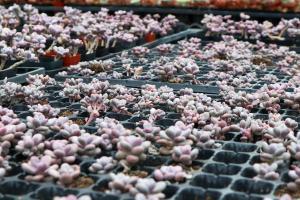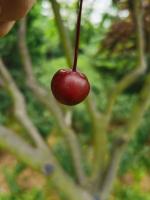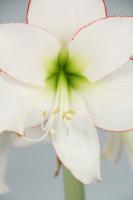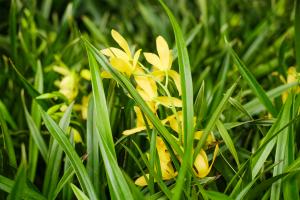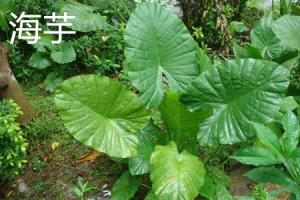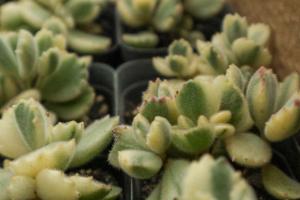1、 Winter growth environment of beautiful taro
Beautiful taro is a wet plant, so it also likes a warm environment, but it likes sunshine and semi cool places. Its growth temperature should be controlled at about 25 degrees Celsius, but in winter, 15 degrees is OK. In winter, always keep the soil in the basin moist and keep the surrounding air humidity high

2、 Winter light management of beautiful taro
Beautiful taro is a shade resistant plant. It doesn't like sunlight, especially strong light. Generally, the sunlight in summer is relatively strong. In winter, the sunlight is OK, not to the extent that it can burn plant leaves. Therefore, in winter, it can be illuminated all day according to the actual situation. If the sun is particularly strong and dazzling, you should pay attention to a little shade. Because if you stay in a place with strong light for a long time, the leaves of beautiful bamboo taro are easy to turn yellow and may be scorched in serious cases. During maintenance, if there are many pots of beautiful bamboo taros, don't put them together too closely, so they can't fully accept the sun, so it's also easy to cause scorched leaves

3、 Winter temperature management of beautiful bamboo taro
Beautiful bamboo taro likes a warm environment. Twenty five degrees is the most appropriate. It can't be lower than fifteen degrees Celsius in winter. If it can't reach this temperature in winter, it needs heating equipment to heat it. Otherwise, the leaves and stems of beautiful bamboo taro are easy to be frostbitten. So in winter, the temperature control is very strict

4、 Water and fertilizer management of beautiful bamboo taro
The requirements for water quality of beautiful bamboo taro are relatively strict, and the pH value is generally required to be about 6. Generally, in winter, all plants do not need to be watered too much. The same is true for beautiful taro. Although it likes to be wet, it should not be watered frequently in winter. When you see the basin soil dry, you can water it. If you water too much in winter, it is easy to cause root ulceration. As for fertilizer, fertilizer can be stopped in winter, or only used once, and it must also be thin fertilizer

 how many times do yo...
how many times do yo... how many planted tre...
how many planted tre... how many pine trees ...
how many pine trees ... how many pecan trees...
how many pecan trees... how many plants comp...
how many plants comp... how many plants can ...
how many plants can ... how many plants and ...
how many plants and ... how many pepper plan...
how many pepper plan...